Home>Interior Design>6 Shower Room Design Mistakes That Experts See Too Often
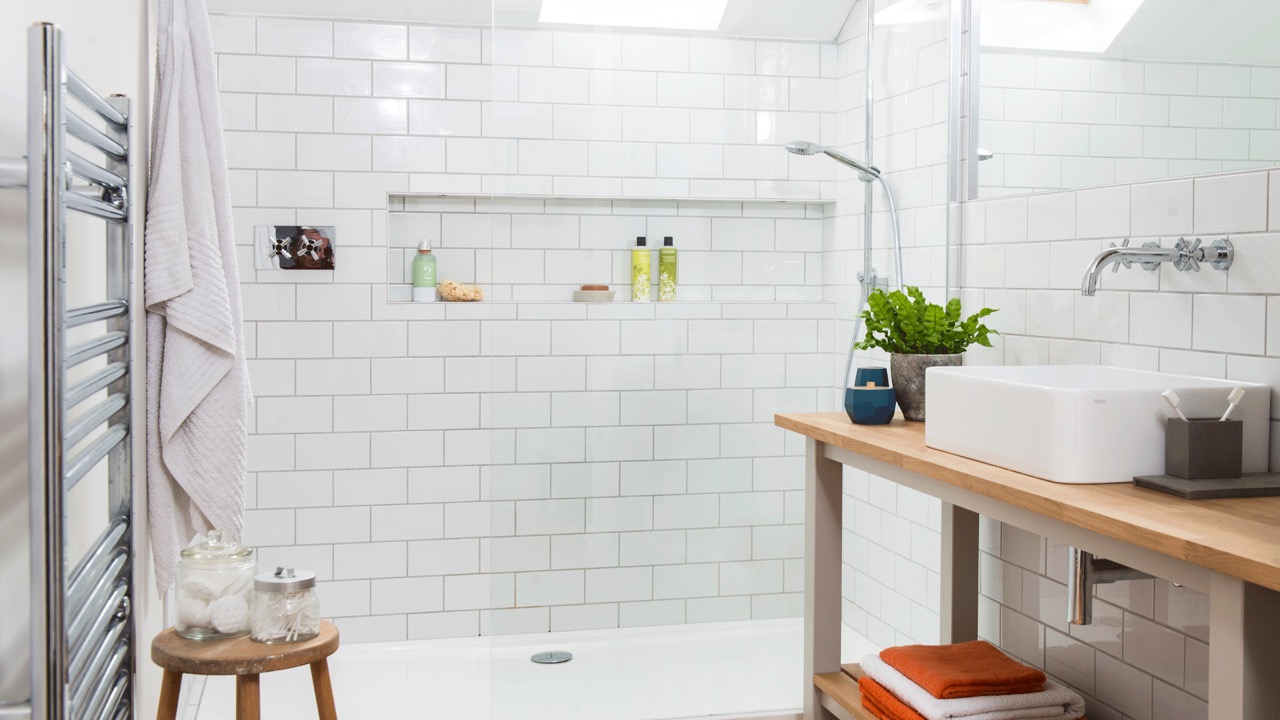

Interior Design
6 Shower Room Design Mistakes That Experts See Too Often
Modified: January 18, 2024
Avoid these common shower room design mistakes with these expert tips for interior design. Create a flawless and stylish space with our expert advice today!
(Many of the links in this article redirect to a specific reviewed product. Your purchase of these products through affiliate links helps to generate commission for Storables.com, at no extra cost. Learn more)
Introduction:
Creating a beautiful and functional shower room is an essential part of any interior design project. Whether you are renovating an existing space or starting from scratch, it is important to avoid common design mistakes that can negatively impact the overall look and functionality of your shower room. In this article, we will delve into six shower room design mistakes that experts often see and provide insights on how to avoid them. By learning from these mistakes, you can ensure that your shower room becomes a stylish and practical sanctuary in your home.
Key Takeaways:
- Avoid common shower room design mistakes like poor ventilation, inadequate lighting, and lack of storage space to create a stylish and functional sanctuary in your home.
- Prioritize proper waterproofing, correct tile selection, and sufficient space planning to ensure a visually appealing and enjoyable shower room experience. Consult professionals for expert advice and guidance.
Mistake #1: Poor Ventilation:
One of the most common mistakes homeowners make when designing their shower rooms is neglecting proper ventilation. A poorly ventilated shower room can lead to a multitude of problems, such as mold and mildew growth, unpleasant odors, and excessive moisture accumulation.
Proper ventilation is crucial in a shower room to remove moisture and prevent the buildup of steam. Without adequate ventilation, the excess moisture in the air can result in the growth of mold and mildew on walls and surfaces, compromising both the aesthetic appeal and the health of the space.
To avoid this mistake, it is important to install an effective ventilation system in your shower room. This can be achieved through the installation of an exhaust fan or a mechanical ventilation system that can efficiently extract the moist air and replace it with fresh air. Additionally, consider adding windows or skylights to allow natural ventilation and light into the space.
Proper ventilation not only helps in maintaining a clean and healthy shower room but also prevents any potential damage to the surrounding materials and fixtures. It is always recommended to consult with a professional to ensure that the ventilation system is installed correctly, in accordance with local building codes and regulations.
By prioritizing proper ventilation, you can create a shower room that not only looks and feels fresh but also supports a healthier environment in your home.
Mistake #2: Inadequate Lighting:
Lighting plays a crucial role in any interior design, and the shower room is no exception. Inadequate lighting can make the space feel dull, unwelcoming, and even gloomy. Unfortunately, it’s a mistake many homeowners make when designing their shower rooms.
When it comes to lighting in the shower room, there are two primary considerations: functionality and ambiance. Firstly, you need ample lighting to ensure proper visibility for everyday tasks such as showering, grooming, and applying makeup. Insufficient lighting in these areas can make it difficult to see clearly and can even lead to accidents.
Secondly, lighting also contributes to the overall ambiance and mood of the shower room. A well-lit space with the right combination of ambient, task, and accent lighting can create an inviting and relaxing atmosphere. On the other hand, inadequate or harsh lighting can make the space appear cold, sterile, or uninviting.
To avoid this mistake, it is important to prioritize both functionality and aesthetics when planning the lighting for your shower room. Start by ensuring that there is sufficient lighting around the shower area, vanity, and mirror. Consider installing task lighting such as sconces or recessed lights to provide adequate illumination for grooming tasks.
Additionally, incorporate ambient lighting to create a warm and inviting atmosphere. This can be achieved by using dimmable lighting fixtures or adding a chandelier or pendant lights for a touch of elegance. Furthermore, consider incorporating natural light by maximizing the use of windows or skylights, which not only provides ample illumination but also imparts a sense of spaciousness and connection to the outdoors.
By carefully planning and selecting the right lighting fixtures, you can transform your shower room into a well-lit space that is both functional and visually appealing.
Mistake #3: Lack of Storage Space:
Lack of storage space is a common mistake that can make your shower room feel cluttered and disorganized. Without proper storage solutions, toiletries, towels, and other shower essentials can end up scattered on countertops and floors, compromising the cleanliness and functionality of the space.
When designing your shower room, it is important to consider the storage needs of you and your family. Assess the items you use and need on a daily basis and plan accordingly. Incorporating smart storage solutions not only helps keep everything organized but also adds to the aesthetic appeal of the space.
There are several ways to maximize storage in your shower room. Consider installing wall-mounted storage units or shelves that can hold towels, toiletries, and other essentials. You can also opt for built-in niches within the shower walls to keep shampoo, conditioner, and soap within easy reach. Make use of vanity cabinets or drawers to store towels, cleaning supplies, and other frequently used items.
Another creative solution is to utilize vertical space. Install hooks or towel bars on the walls for hanging towels and robes. You can also make use of over-the-door organizers or caddies to store additional toiletries and accessories.
When selecting storage solutions, consider materials that are moisture-resistant and easy to clean, such as sealed wood, glass, or plastic. This will ensure that your storage remains durable and functional in the humid environment of the shower room.
By addressing the lack of storage space, you can create a clutter-free and organized shower room that enhances both the functionality and visual appeal of the space.
When designing a shower room, make sure to consider the placement of the shower head to ensure it is at a comfortable height for all users. This can help prevent the mistake of having a shower head that is too high or too low.
Mistake #4: Incorrect Tile Selection:
The choice of tiles in a shower room is a critical decision that can greatly impact the overall aesthetic and practicality of the space. Unfortunately, it is a mistake that many homeowners make by selecting tiles that are not suitable for the shower room environment.
When choosing tiles for your shower room, it is essential to consider factors such as water resistance, durability, and slip resistance. Using the wrong type of tiles can lead to potential problems such as water damage, mold growth, and accidents due to slippery surfaces.
One common mistake is selecting tiles that are not water-resistant or non-porous. Shower rooms are exposed to constant moisture, and tiles that cannot handle this can quickly deteriorate and result in water damage. It is crucial to choose tiles that are specifically designed for wet areas, such as ceramic or porcelain tiles. These materials are both durable and water-resistant, making them ideal for shower room environments.
Another mistake is overlooking slip resistance. Shower rooms can become slippery when wet, posing a risk of accidents. Opt for tiles with a textured or matte finish, as they provide better traction and reduce the chances of slipping. Avoid using highly polished or glossy tiles, as they can become extremely slippery when wet.
In addition to functionality, the tile selection should also complement the overall design theme of your shower room. Consider the color, pattern, and texture of the tiles, ensuring they harmonize with the rest of the space. Earthy tones and neutral colors are popular choices that offer a timeless and elegant look, while bold patterns and mosaic tiles can add a touch of personality and visual interest.
Consult with a professional or tile supplier to understand the best tile options for your shower room, taking into account your design preferences, budget, and maintenance requirements. They can guide you in selecting the right tiles that are not only visually appealing but also durable and suitable for the shower room environment.
By making the correct tile selection, you can create a shower room that combines style, functionality, and long-lasting durability.
Mistake #5: Improper Waterproofing:
Proper waterproofing is a crucial aspect of designing a shower room, yet it is a mistake that is often overlooked. Failing to implement adequate waterproofing measures can lead to costly damages, such as mold growth, water leakage, and structural issues.
Waterproofing is essential to prevent water from seeping into the walls, floors, and surrounding areas of the shower room. Without proper waterproofing, moisture can penetrate the underlying materials, causing them to deteriorate over time. This can lead to the growth of mold and mildew, which not only compromises the aesthetic appeal of the space but also poses health risks.
To avoid this mistake, it is essential to consult with a professional or contractor who specializes in waterproofing. They will ensure that all surfaces, including walls, floors, and even ceilings, are properly treated with waterproof membranes or coatings. This creates a barrier that prevents water from reaching the underlying structures.
Additionally, it is important to pay attention to key areas that are prone to water penetration, such as joints, corners, and around fixtures such as showerheads and faucets. These areas should be properly sealed with waterproofing materials or sealants to prevent water from seeping through.
Furthermore, consider using waterproofing systems for the shower floor, such as a shower pan, to ensure that water is directed towards the drain and does not pool or seep into the surrounding areas.
By investing in proper waterproofing measures, you can protect your shower room from potential water damage and ensure its longevity. Additionally, it provides peace of mind knowing that your shower room remains safe, hygienic, and free from any structural issues caused by water infiltration.
Mistake #6: Insufficient Space Planning:
Insufficient space planning is a common mistake that can lead to a cramped and inefficient shower room. It is essential to carefully consider the layout and functionality of the space to ensure that it meets your needs and provides a comfortable and enjoyable experience.
One of the primary considerations in space planning is the arrangement of fixtures and features within the shower room. It is important to ensure that there is enough room for essential elements such as the shower, toilet, vanity, and storage. Inadequate space can make the shower room feel cramped and constrained, limiting your ability to move freely and perform daily tasks comfortably.
Another aspect of space planning is the consideration of traffic flow. It is important to assess how people will move within the shower room and ensure that there is sufficient space to navigate without obstacles or congestion. Ideally, there should be enough room for individuals to move comfortably around fixtures and access storage areas without feeling cramped.
Additionally, consider the functionality and convenience of the space. Take into account the placement of towel racks, hooks, and other accessories in relation to the shower and vanity areas. Ensure that these items are easily accessible and strategically placed for maximum convenience.
Furthermore, consider the visual and perceived space within the shower room. Lighter color palettes, reflective surfaces, and clever use of mirrors can create the illusion of a larger space, making the shower room feel more open and spacious.
When planning the space, it is beneficial to consult with an interior designer or architect who specializes in bathroom design. They can provide insights and recommendations for optimizing the layout and maximizing the available space.
By avoiding the mistake of insufficient space planning, you can create a shower room that not only looks aesthetically pleasing but also provides functionality, comfort, and a sense of spaciousness.
Conclusion:
Designing a shower room that is both visually stunning and practical requires careful consideration and attention to detail. By avoiding common design mistakes, you can create a space that not only meets your needs but also enhances your overall showering experience. From poor ventilation to inadequate lighting, lack of storage space to incorrect tile selection, improper waterproofing to insufficient space planning, each mistake can have a significant impact on the functionality and aesthetics of your shower room.
Ensuring proper ventilation is crucial to prevent issues such as mold and mildew growth. Adequate lighting is essential for both functionality and ambiance in your shower room. Creating sufficient storage space helps keep the space organized and clutter-free, while selecting the right tiles ensures water resistance and slip resistance. Proper waterproofing prevents water damage and ensures the longevity of your shower room. And lastly, sufficient space planning allows for comfortable movement and efficient use of the space.
By being mindful of these mistakes and taking the necessary steps to avoid them, you can create a shower room that is not only visually appealing but also functional and enjoyable to use. Whether you are designing a new shower room or renovating an existing one, it is always helpful to consult with professionals who can provide expert advice and guidance.
So, immerse yourself in the world of interior design and transform your shower room into a beautiful and practical sanctuary that reflects your personal style and enhances your daily routine. By applying these insights and avoiding these common design mistakes, you can create a shower room that you will truly love and enjoy for years to come.
Frequently Asked Questions about 6 Shower Room Design Mistakes That Experts See Too Often
Was this page helpful?
At Storables.com, we guarantee accurate and reliable information. Our content, validated by Expert Board Contributors, is crafted following stringent Editorial Policies. We're committed to providing you with well-researched, expert-backed insights for all your informational needs.
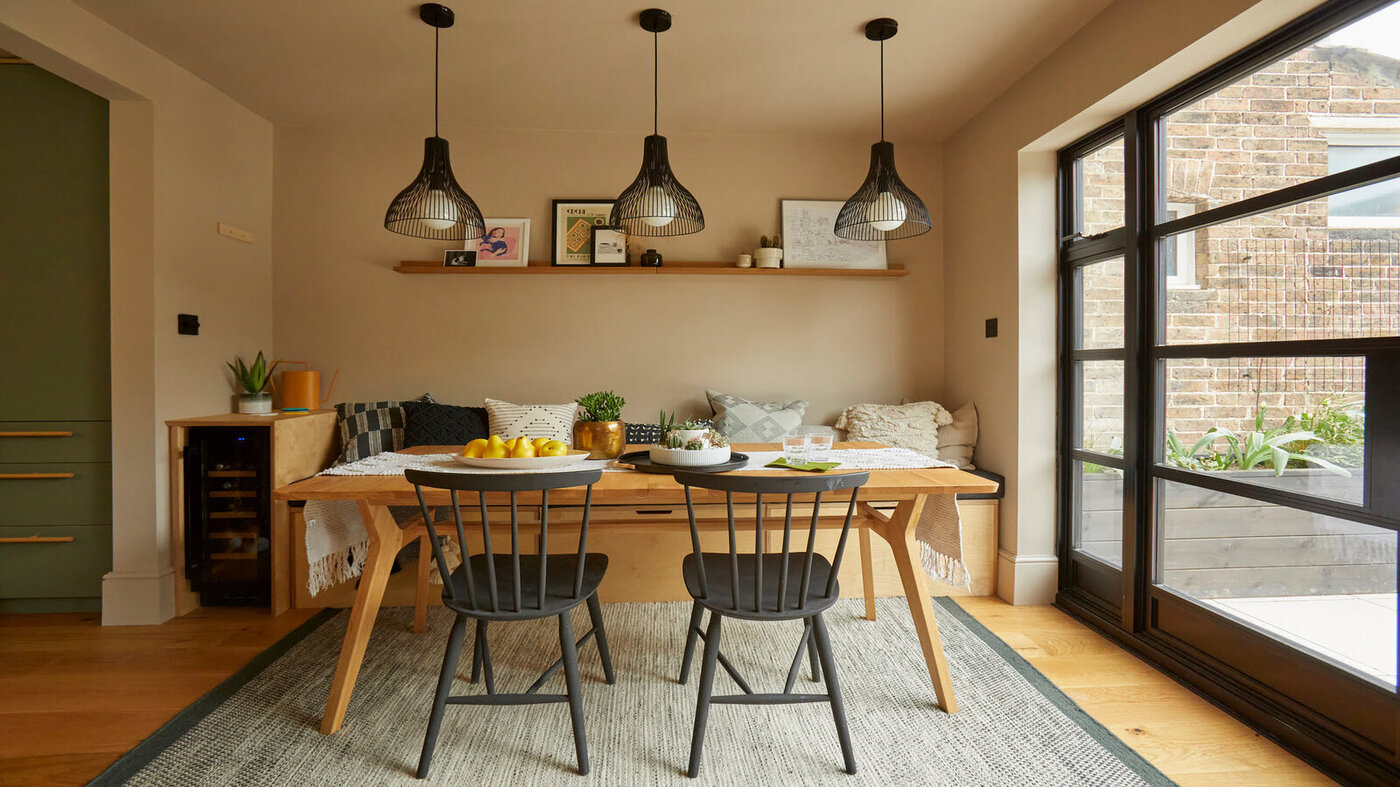
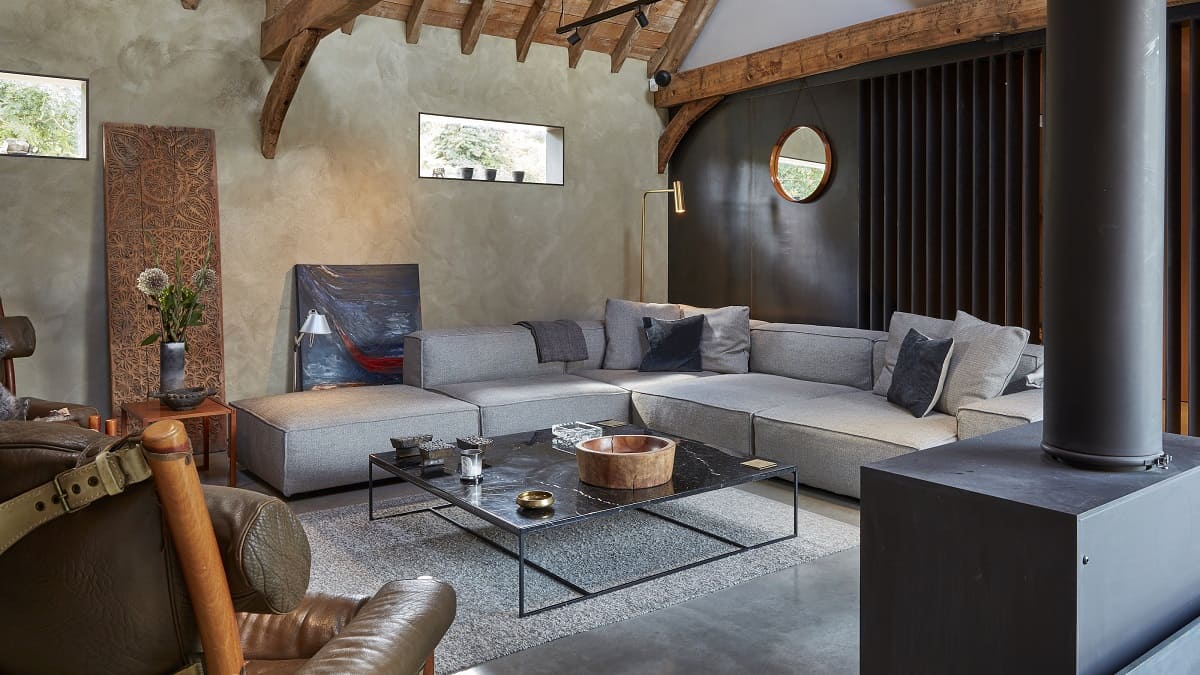
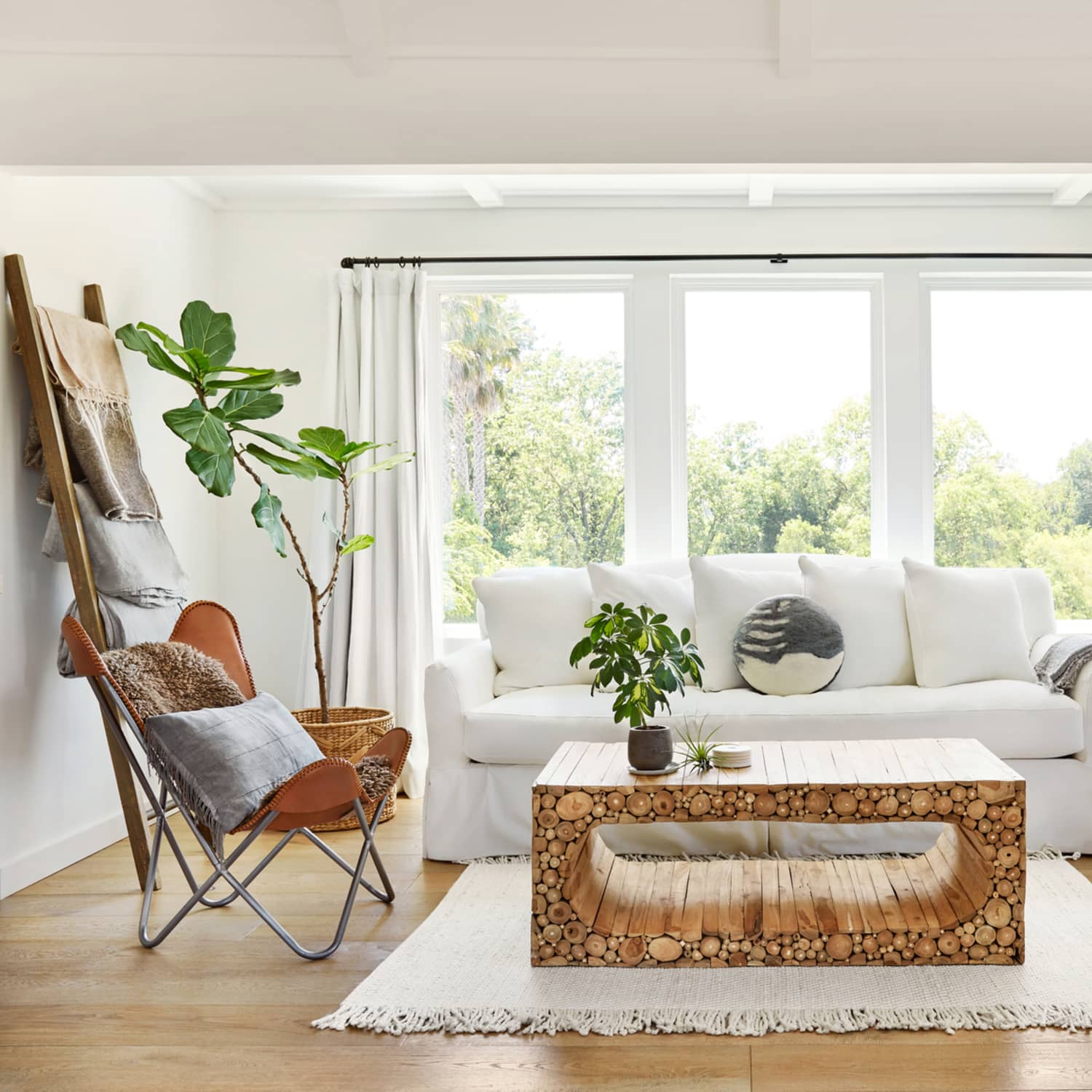
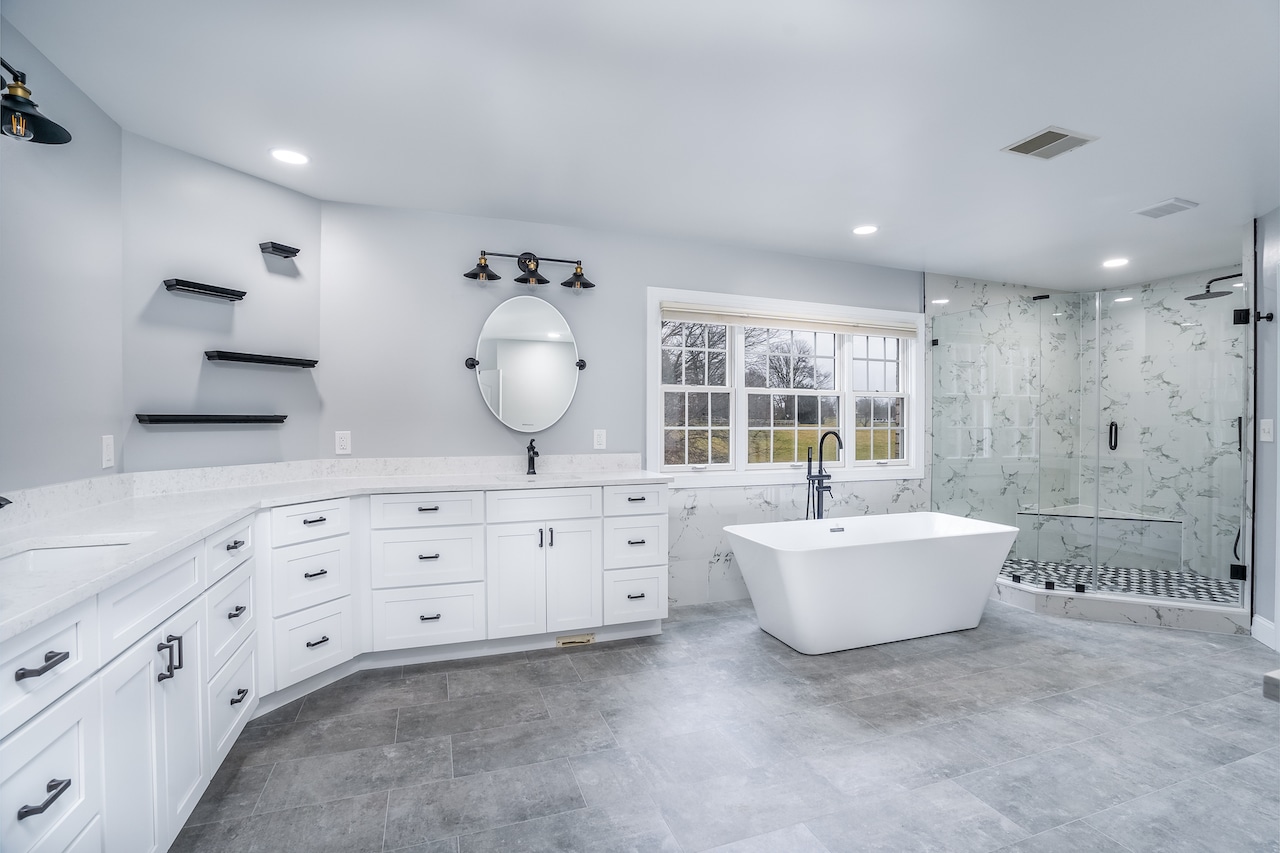


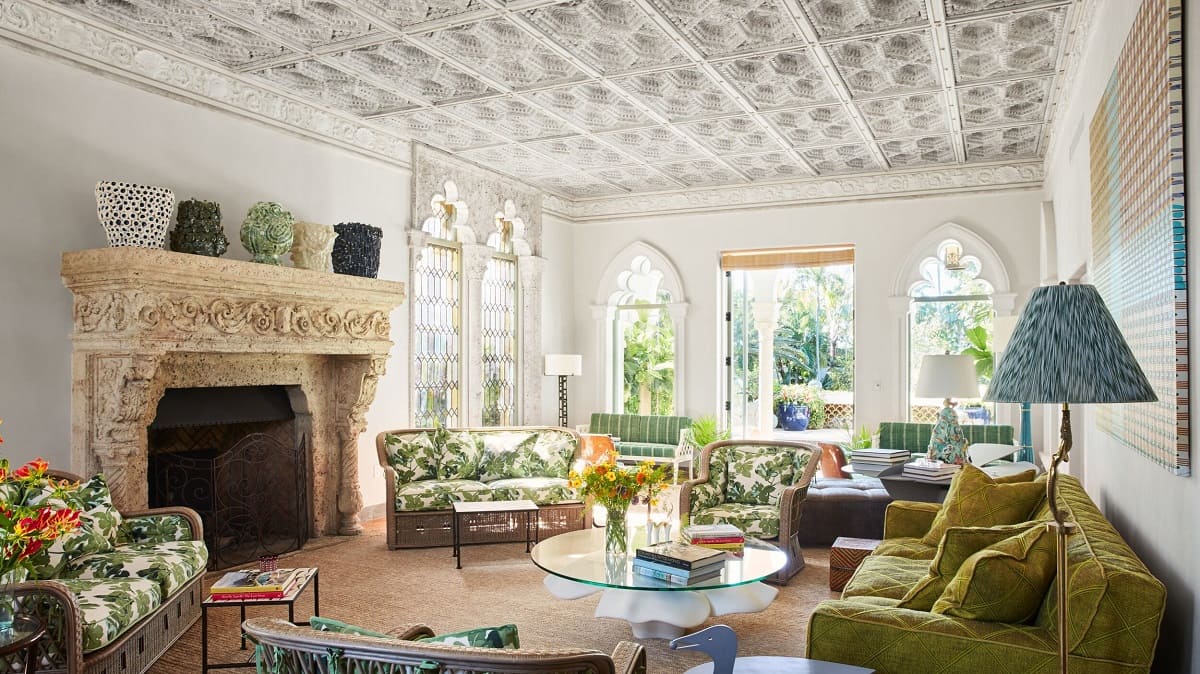
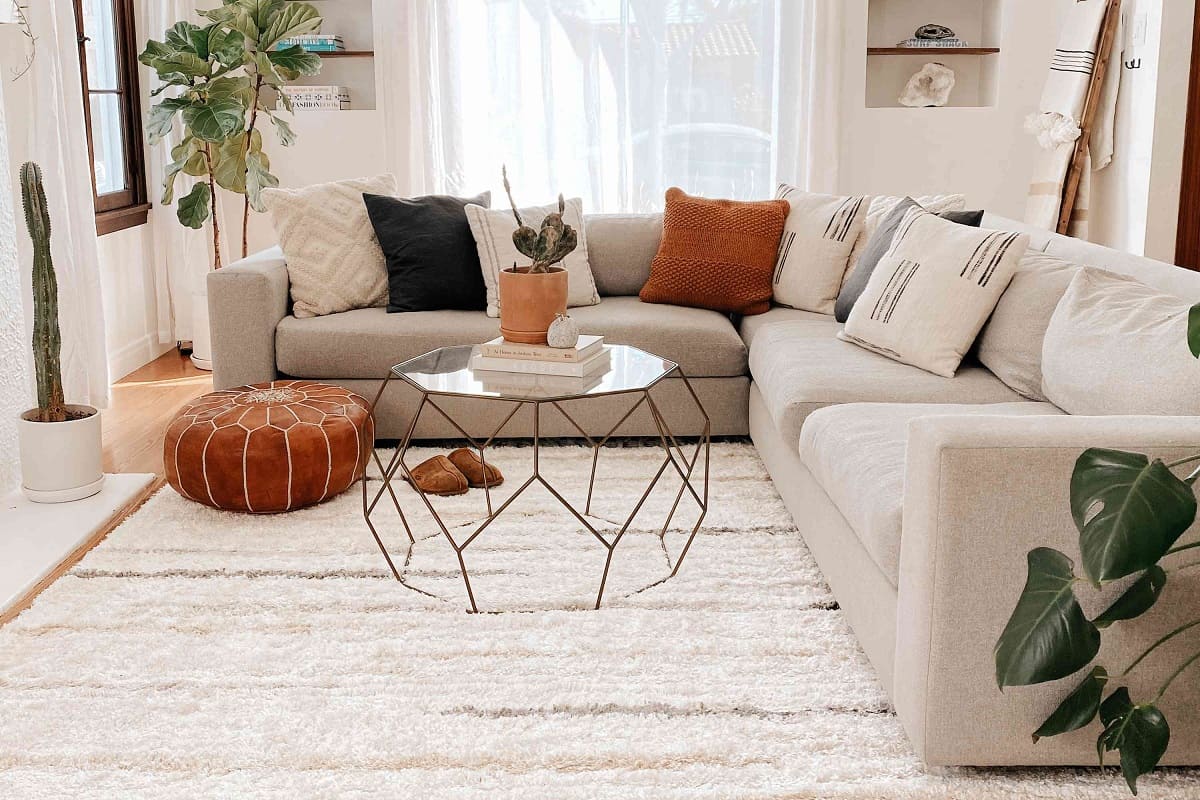
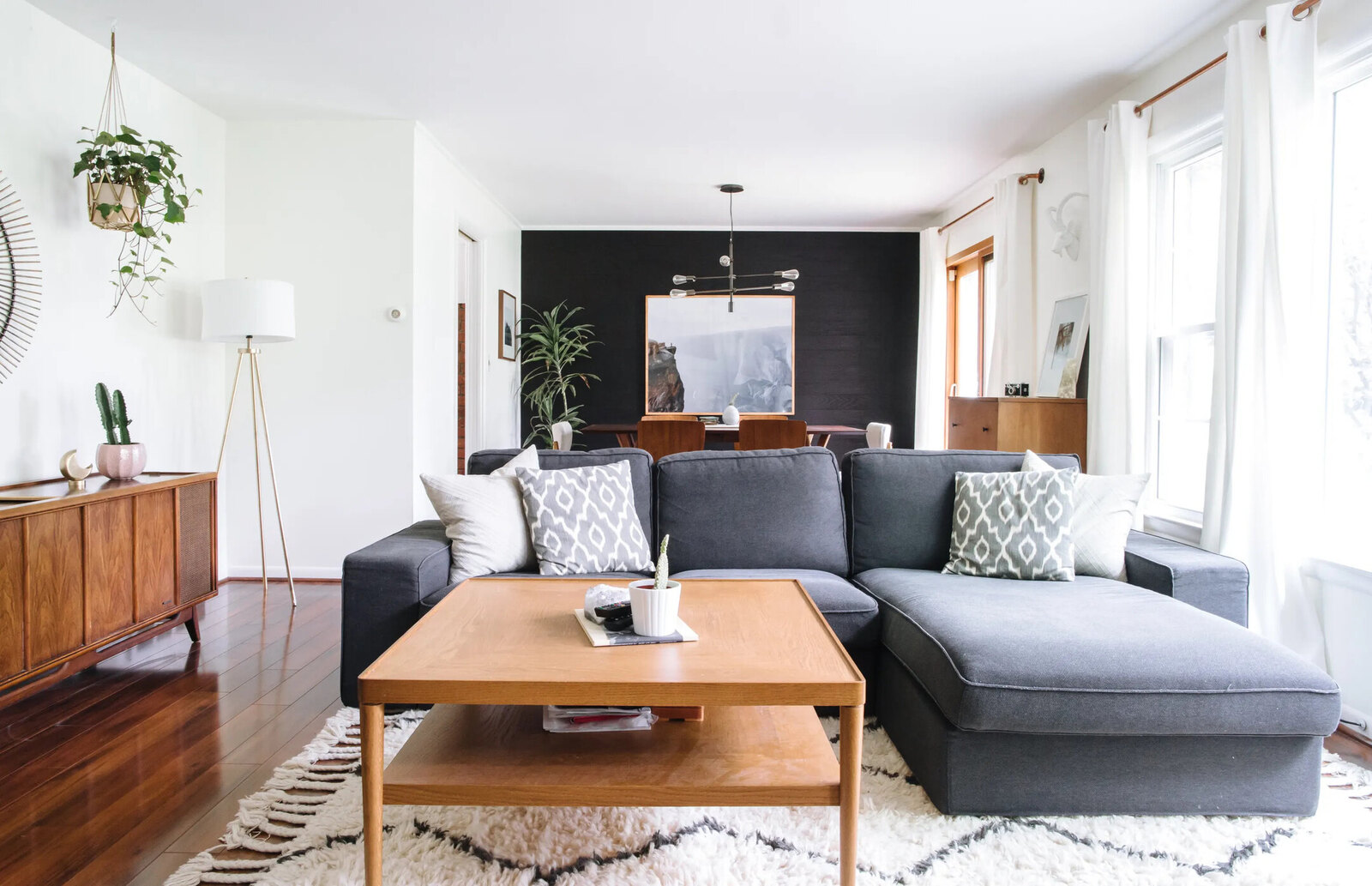
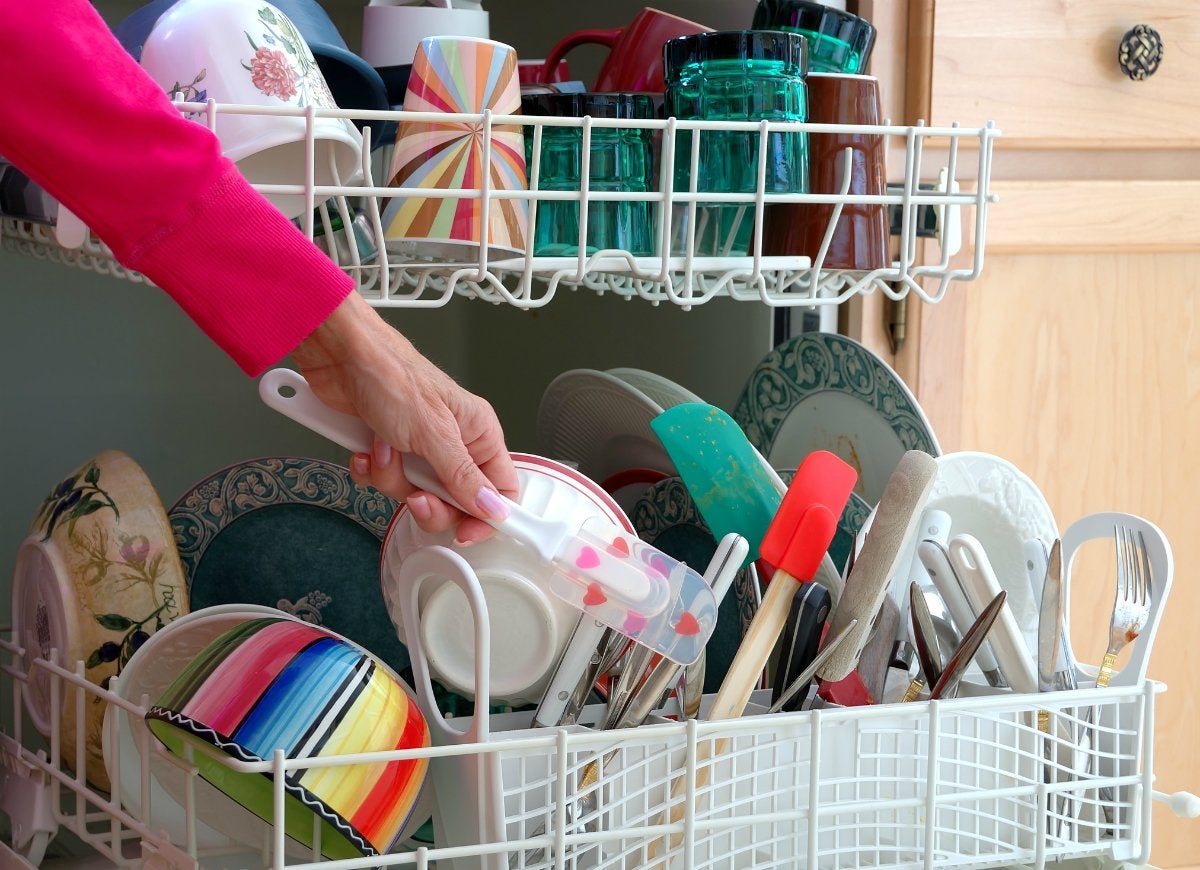

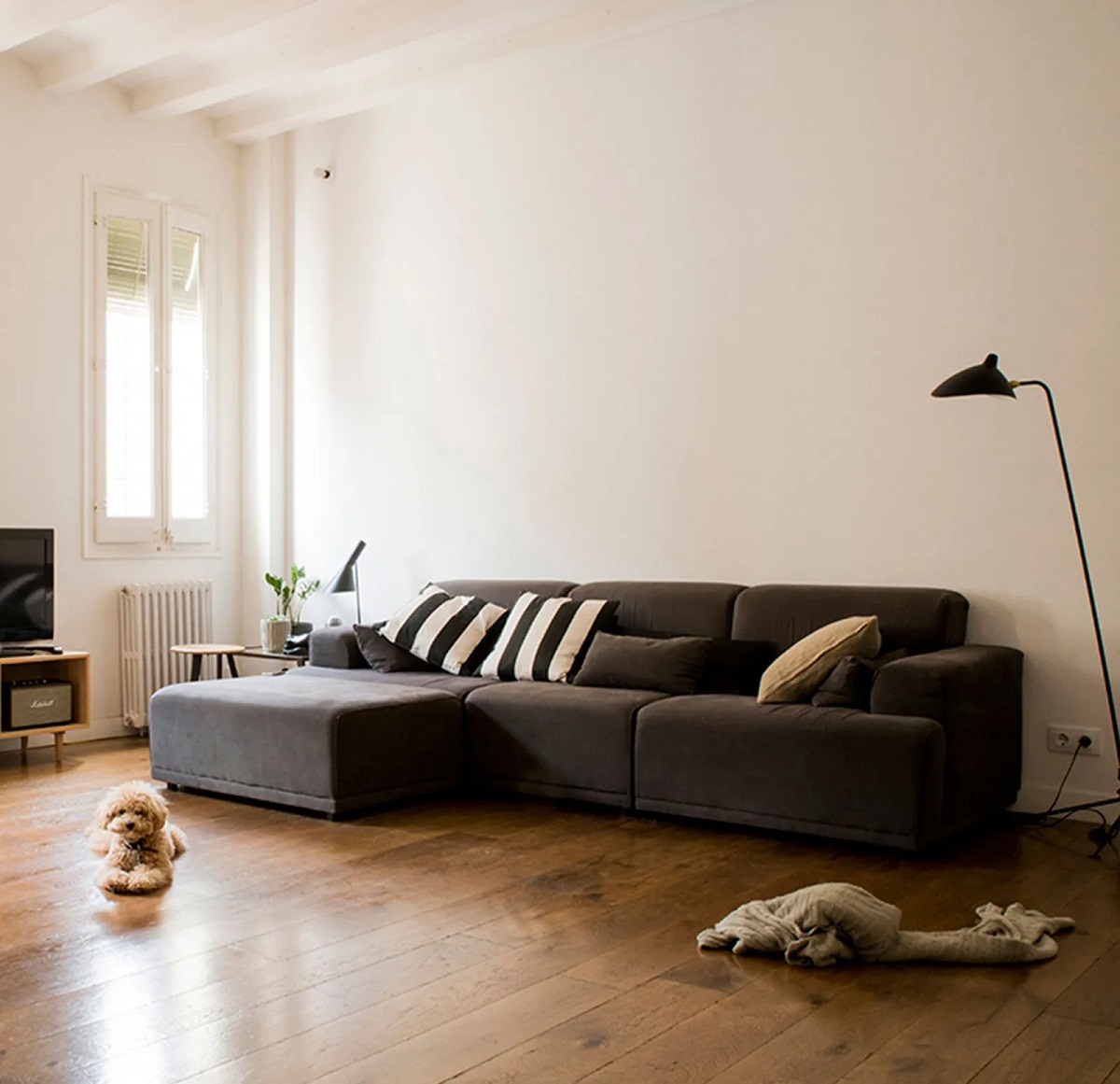
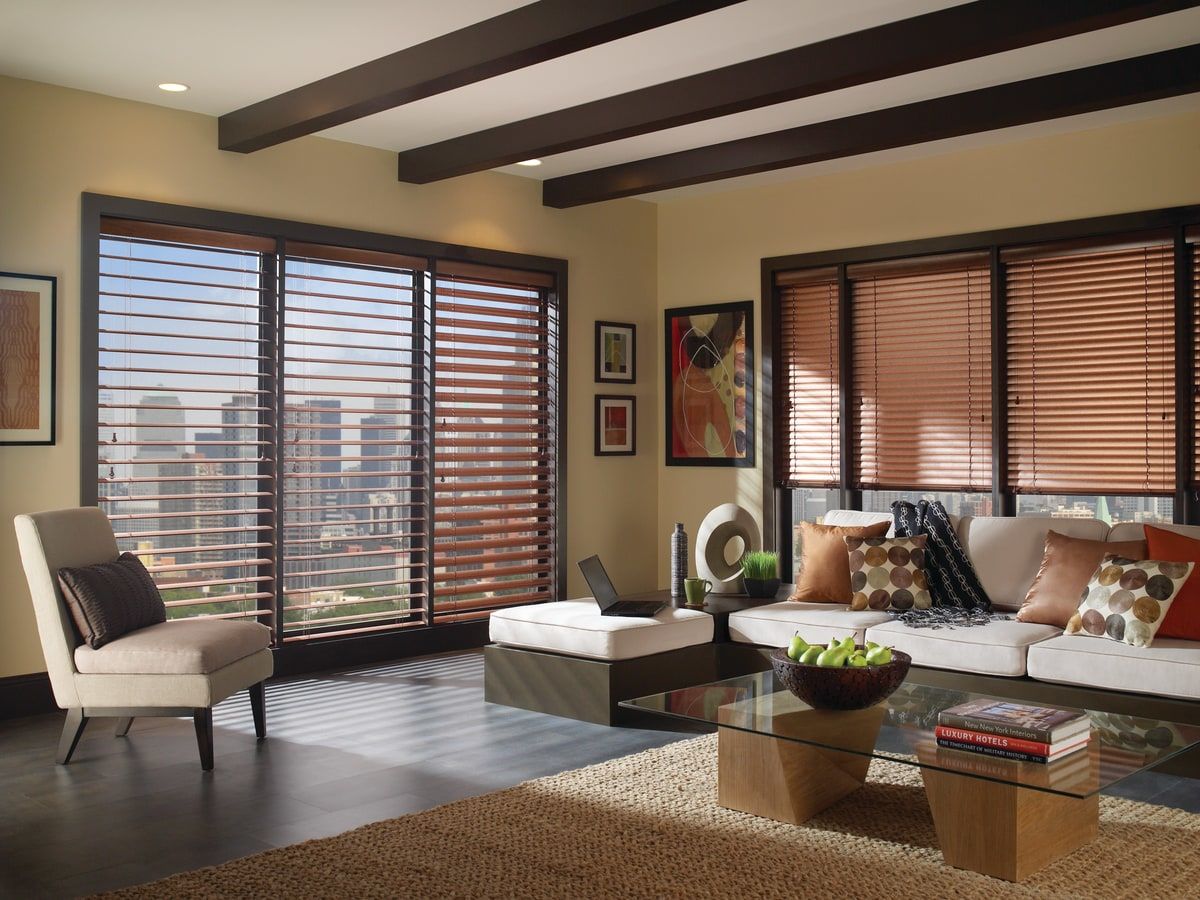
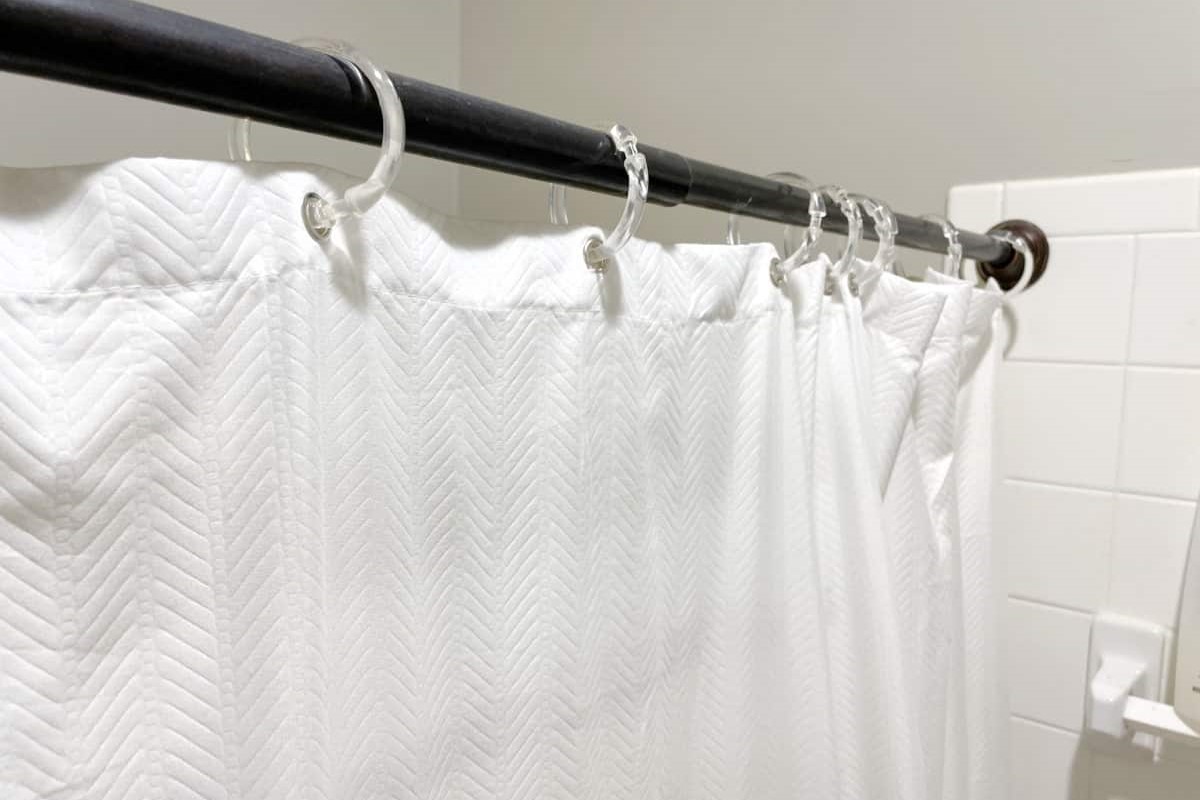

0 thoughts on “6 Shower Room Design Mistakes That Experts See Too Often”